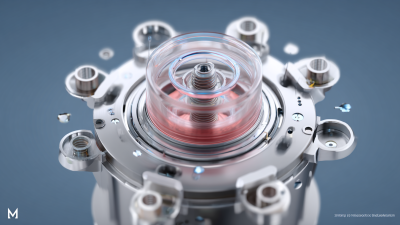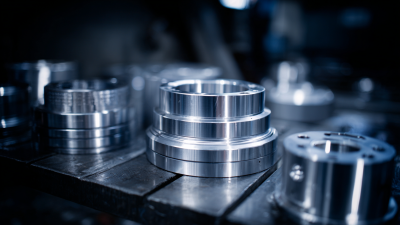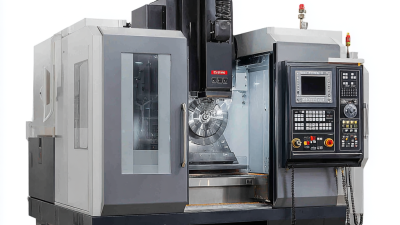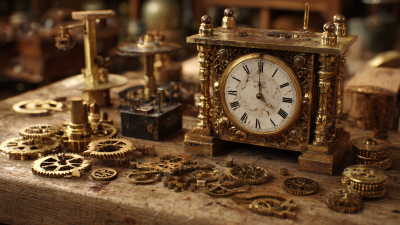In the realm of timekeeping, selecting the right Wall Clock Parts is crucial for ensuring precision and longevity in performance. According to industry reports, the global market for wall clocks is projected to grow at a CAGR of over 6% from 2021 to 2026, driven by increasing consumer interest in home decor and functionality. The accuracy of wall clocks is significantly influenced by the quality of components such as movements, dials, and hands.
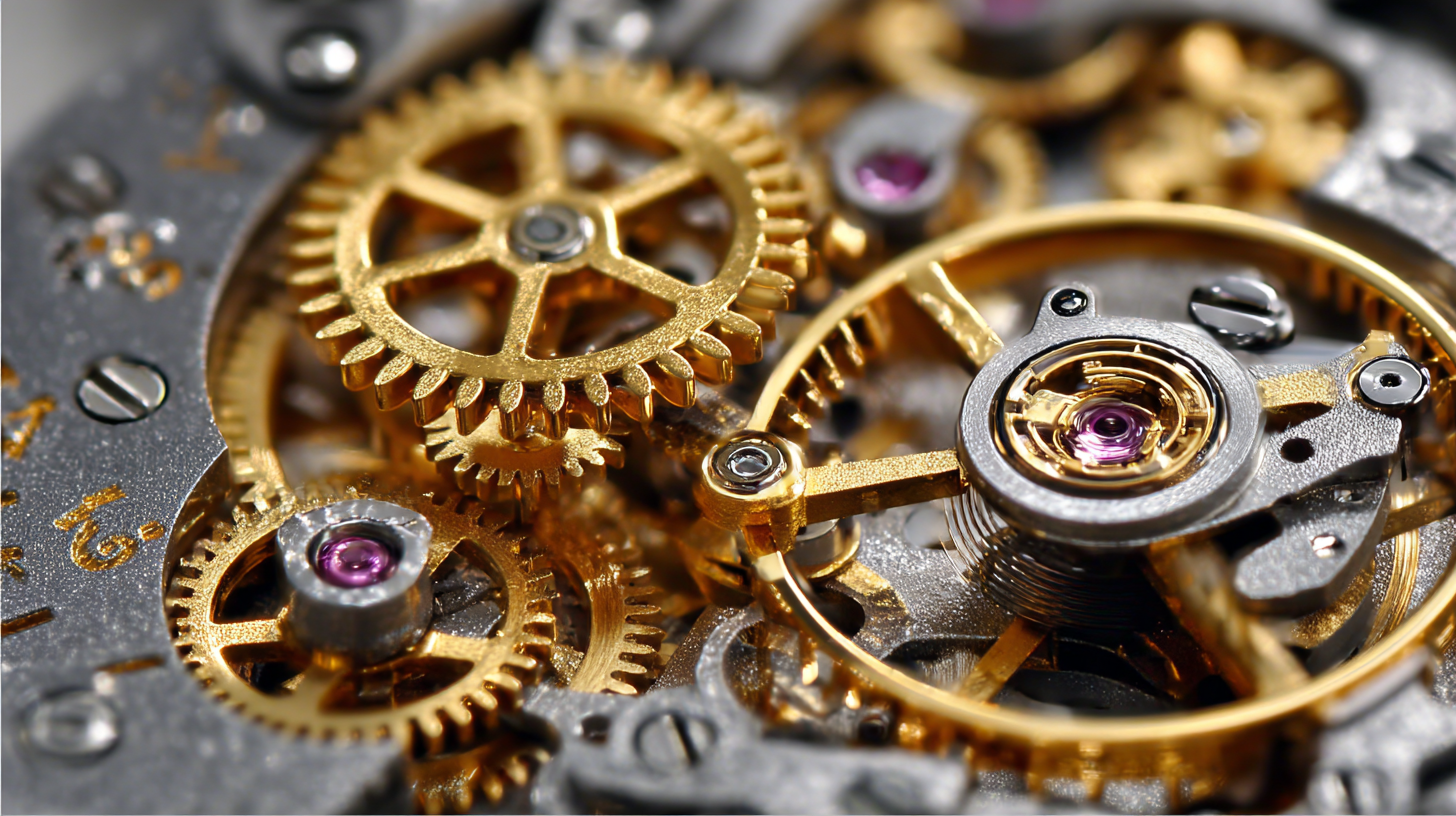
A recent survey revealed that nearly 70% of consumers prioritize precision when purchasing timepieces, underscoring the importance of using high-quality wall clock parts. By understanding the intricacies of these components, makers and hobbyists alike can enhance their craftsmanship, ensuring that their wall clocks are not only aesthetically pleasing but also deliver precise timekeeping that meets the demands of today’s discerning consumers.
When selecting wall clock parts for precision timekeeping, understanding the essential components is crucial. A high-quality wall clock typically consists of several key elements: the movement, the hands, the dial, and the casing. The movement, often quartz or mechanical, is the heart of the clock, controlling its accuracy. Quartz movements are known for their precision, usually deviating only a few seconds per month, while mechanical movements can offer a more traditional aesthetic, but may be less accurate due to reliance on gears and springs.
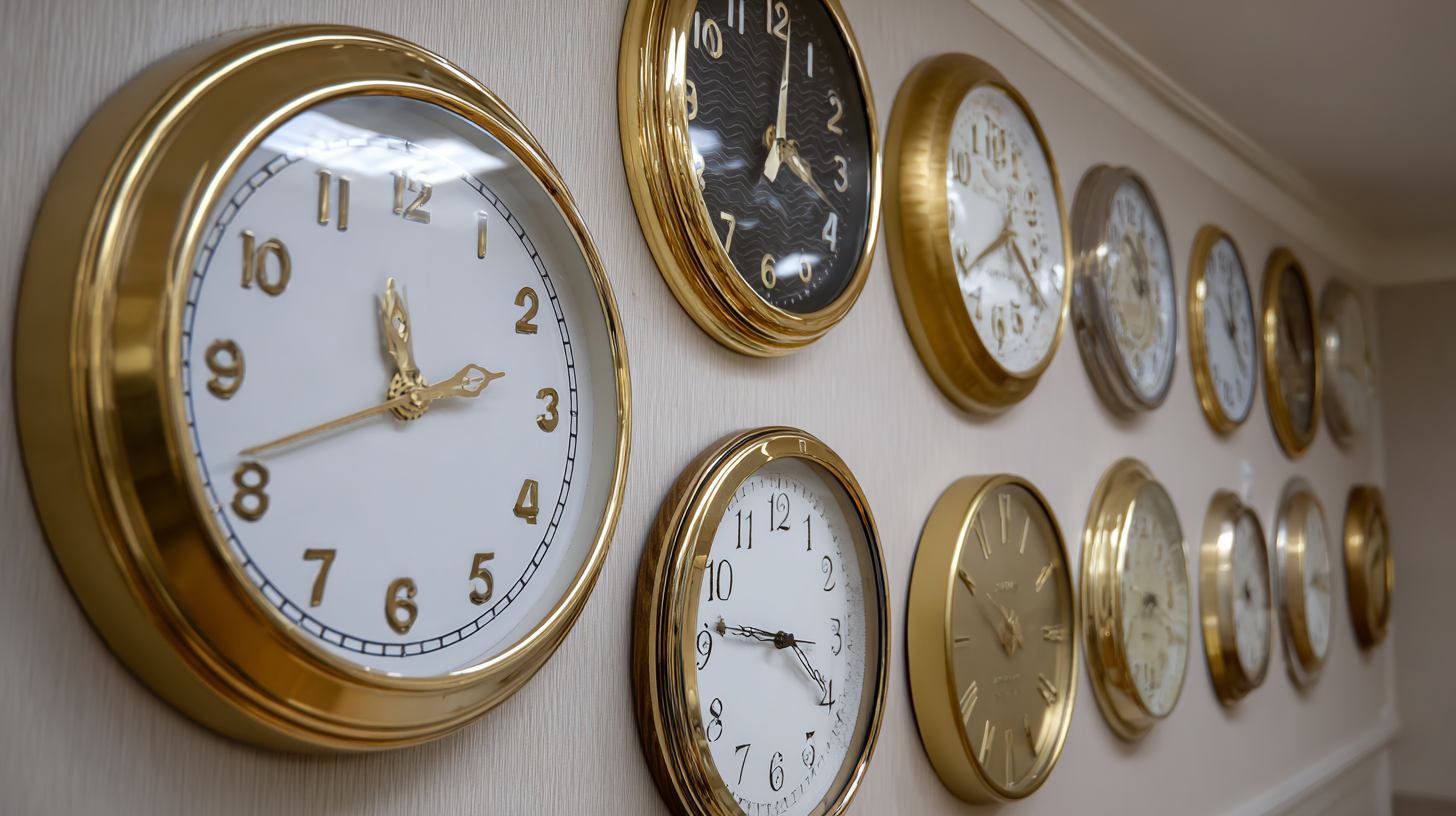
In recent industry reports, it has been noted that approximately 60% of consumers prefer quartz movements for their everyday timekeeping needs, largely due to their reliability and low maintenance requirements. Additionally, the choice of hands and dials can significantly affect visibility and design. The materials used in these components, such as glass or acrylic for the dial and durable metals for the hands, can enhance both the longevity and functionality of the clock. Implementing these components correctly not only ensures precision timekeeping but also contributes to the overall aesthetic appeal of the wall clock, aligning with current design trends in home decor.
When selecting wall clock parts to enhance timekeeping accuracy, evaluating different clock movements is crucial. Quartz movements are among the most popular choices due to their reliability and precision. They operate using a battery-powered oscillator, producing consistent ticks that translate into accurate timekeeping. For those seeking even higher precision, atomic clock movements are available, which synchronize with atomic time standards and promise unmatched accuracy. However, these options tend to be more expensive and may require special components.
In addition to the type of movement, it’s important to consider the overall quality of the clock's construction. High-quality gear systems and pendulum designs can further improve timekeeping accuracy by minimizing friction and enhancing durability. Furthermore, paying attention to environmental factors, such as temperature and humidity, can also influence a clock’s performance. By thoroughly evaluating these elements, you can choose wall clock parts that not only keep time but also add aesthetic value to your space.
When selecting the right hands and dials for your clock mechanism, consider both aesthetic appeal and functional precision. The hands of a clock are not just markers; they play a crucial role in readability and overall design. For a traditional look, opt for hour and minute hands that are classic in style, often made of brass or stainless steel. Conversely, if aiming for a modern aesthetic, sleek, minimalist designs with bold colors can enhance the visual impact while ensuring clear time indication.
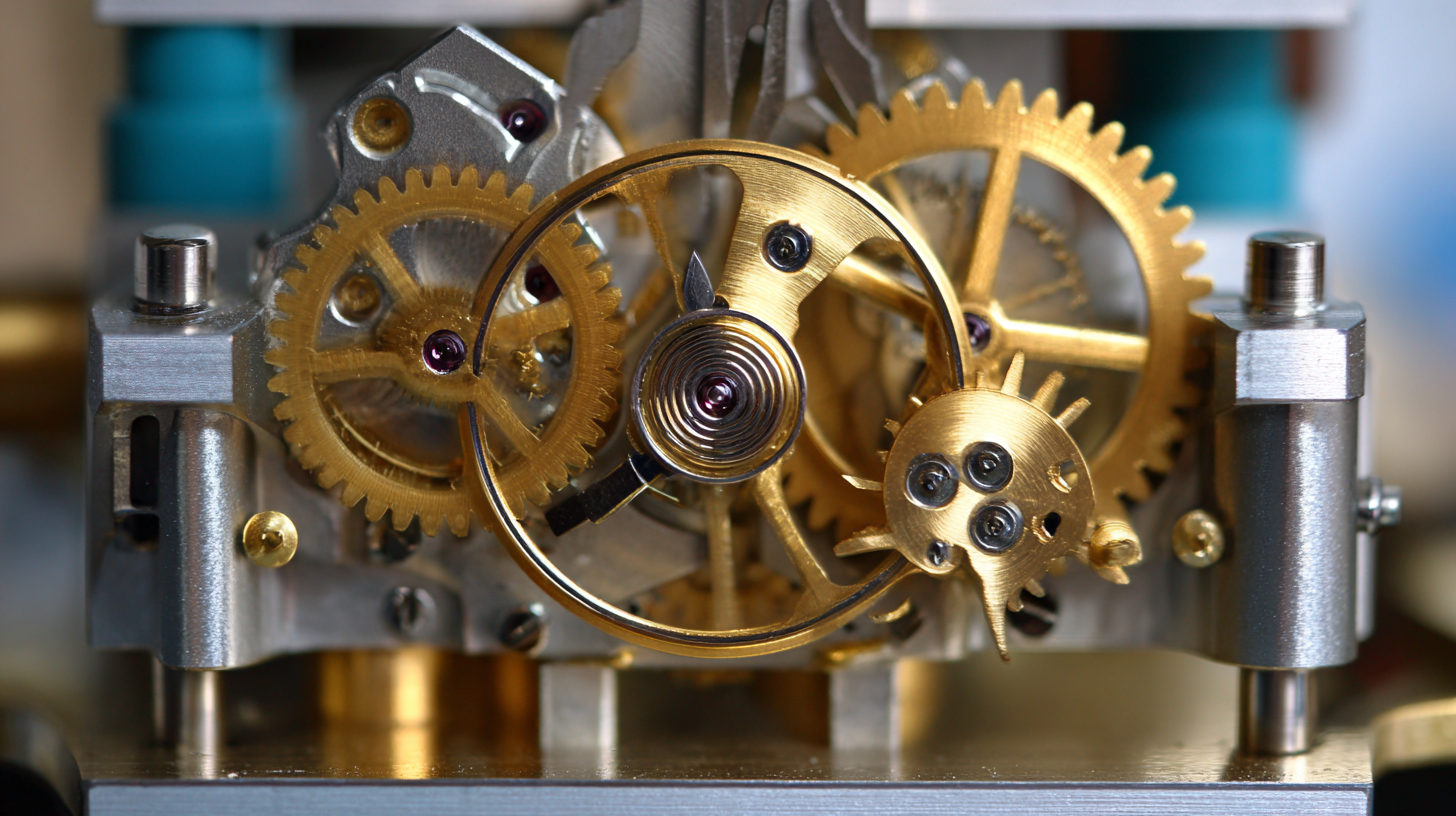
The dial is equally important and should harmonize with the clock hands. Choose a dial that complements the hand style while maintaining legibility. For instance, a simple, clean dial works well with intricate hands, balancing complexity with clarity. Additionally, consider the material and finish of the dial and hands; contrasting textures and colors can create a visually appealing timepiece. By thoughtfully selecting the right hands and dials, you can elevate not only the functionality of the clock but also its overall decor value.
When selecting wall clock parts for precision timekeeping, the quality of materials plays a crucial role in ensuring both durability and time accuracy. Reports from the International Chronometry Institute indicate that clocks constructed with high-grade quartz movements can enhance precision to within ±10 seconds per year. These movements are often housed in robust, corrosion-resistant cases that provide additional protection against environmental factors like humidity and temperature fluctuations.
Moreover, the choice of materials such as high-grade glass for clock faces and sturdy metal for hands significantly impacts the longevity of the clock. A study by the Clockmakers Guild revealed that timepieces made with acrylic or mineral glass not only offer superior visibility but also reduce the risk of shattering. Investing in components made from premium materials not only enhances the clock's aesthetic appeal but also assures collectors and users of consistent performance over time, with some premium brands reporting lifespan extensions of up to 20 years with proper care.
Assembling wall clocks requires careful consideration of both functionality and aesthetics. To achieve optimal performance, start by selecting a high-quality clock movement that meets your timekeeping needs. There are various types of movements available: quartz movements are known for their precision and reliability, while mechanical movements offer a classic appeal. Ensure the chosen movement is compatible with the size and weight of your clock hands, as this will affect accuracy.
Next, consider the design elements of your clock. The clock face should harmonize with the style of your space, whether it's modern, rustic, or vintage. Choose materials and colors that complement your decor, and pay attention to the numerals or markers; they should be clearly visible from a distance. When assembling, securely attach all parts, ensuring hands are not obstructed. Taking the time to balance functionality with aesthetic appeal will result in a captivating timepiece that serves its purpose beautifully.
| Component | Material | Precision Level | Aesthetic Options | Recommended Use |
|---|---|---|---|---|
| Quartz Movement | Plastic / Metal | High | Minimalist, Modern | Home Decor, Offices |
| Pendulum Movement | Wood / Metal | Medium | Classic, Vintage | Traditional Clocks |
| Digital Movement | Plastic | Very High | Sleek, Futuristic | Tech Spaces, Modern Homes |
| Clock Hands | Metal / Plastic | Depends on Movement | Various Styles | Customization for All Types |
| Clock Face | Glass / Wood / Plastic | N/A | Artistic, Various Colors | Personalized Designs |

